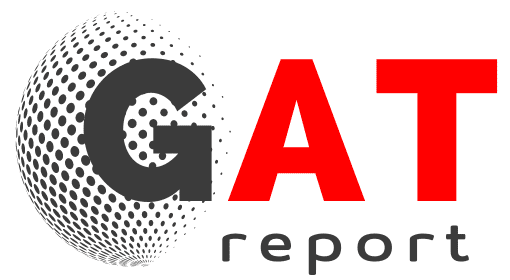A research group led by Alberto Sangiovanni Vincentelli of the University of California, Berkeley, in collaboration with the Universities of Pisa and Udine, and the Italian company Elt Group, demonstrated the effectiveness of a pioneering methodology for inactivating H5N1 avian influenza viruses by utilising electromagnetic waves. Their findings, as documented in the study, indicate that subjecting airborne viral particles to specific combinations of electromagnetic frequencies, with minimal exposure times and intensity, can compromise the viability of the H5N1 virus, the pathogen responsible for avian influenza. The technology under scrutiny, designated e4shield, has demonstrated its efficacy in combating various viruses, including the Sars-CoV-2 virus (responsible for the global pandemic), the KP3 variant, the influenza A virus (responsible for seasonal epidemics), and the respiratory syncytial virus (RSV), a major cause of bronchiolitis. The technology has been shown to elicit inactivation rates of over 90% in the atmosphere. The principal objective of this research endeavour is the formulation of efficacious mechanisms for virus eradication in ventilation systems within the context of poultry facilities and medical institutions, employing a technique that ensures the safety of both humans and animals.
Electromagnetic waves inactivate H5N1 bird flu virus
Type of event:
Research & Innovation, Public Health
February 7, 2025


